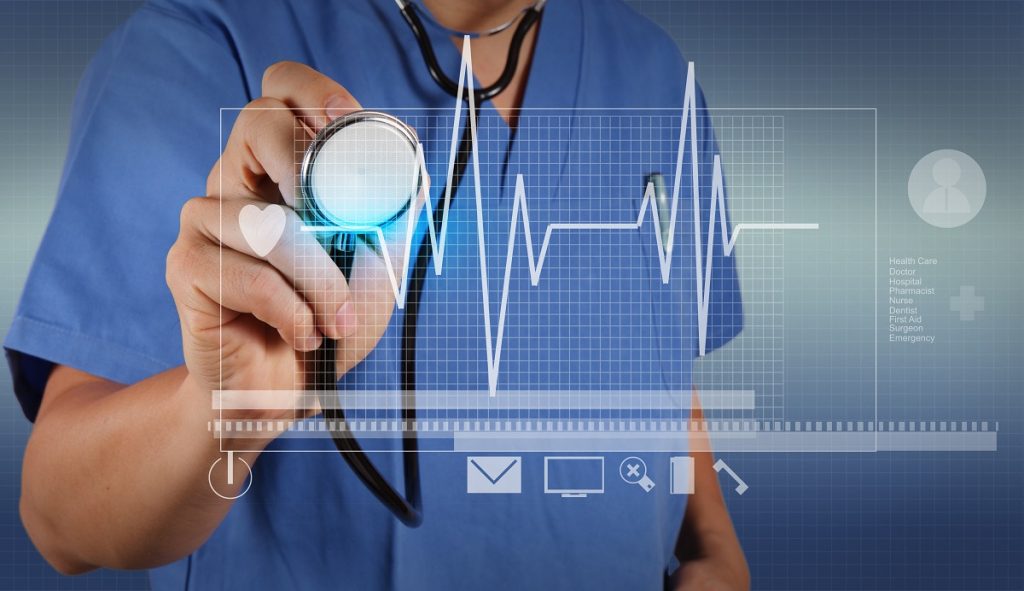Nowadays, technology influences every feature of modern society. Almost all the industries ranging from banking, communication, security, and healthcare rely on technology for their growth. However, the specialty of healthcare and medicine has experienced immense impact compared to other sectors. Technological breakthroughs are transforming the process of healthcare delivery. It has changed the structure of the full medical field. Advances in biomedical engineering, implementation of electronic medical records, contemporary healthcare, and its delivery tactics are experiencing a fast-paced change. Below are three ways that technological innovation has improved delivery of health care services.
Reduction In Health Care Expenses
The extensive adoption of electronic records has been instrumental in the reduction of health care costs, enhanced patient health, as well as safety. Nowadays, patient files are stored in databases that are easy to access from anywhere in the hospital. Apart from being a time-saving strategy, electronic health databases result in perfect data organization and management. This technological innovation has also resulted in new and progressing security measures to keep all patient data safe and secure.
Meaningful Doctor-patient Relationship
Technological innovation has resulted in a better doctor-patient relationship. Nowadays, applications that allow medical professionals to communicate consistently with their patients are available. For instance, Omnifluent Health is a popular translation program for physicians and other practitioners in the medical sector. The program consists of an app that allows the doctor to talk into the app and the message is immediately translated into another language. This program has enabled medical professionals to build a strong relationship with their patients, especially those who speak other languages.
Easier, Quick, And Reliable Diagnostics
Due to growth in fields such as nuclear medicine, diagnostics have become more accurate and easier. Today, various techniques of imaging allow physicians to conduct a thorough examination of patient’s anatomy without necessarily relying on invasive procedures to create a diagnosis. MRI technologists and radiologists have become highly sought professionals due to the quick growth of imaging technology. Robotic microplate handling in laboratories has allowed doctors to minimize human error when it comes to conducting microplate assays.
Technology is introducing revolutionary changes that would transform the healthcare industry into a better and safer haven. Therefore, physicians have an obligation to ensure advances in technology do not compromise delivery of health care services. In fact, doctors should learn how to create a strategic balance between technology and their professional expertise.

